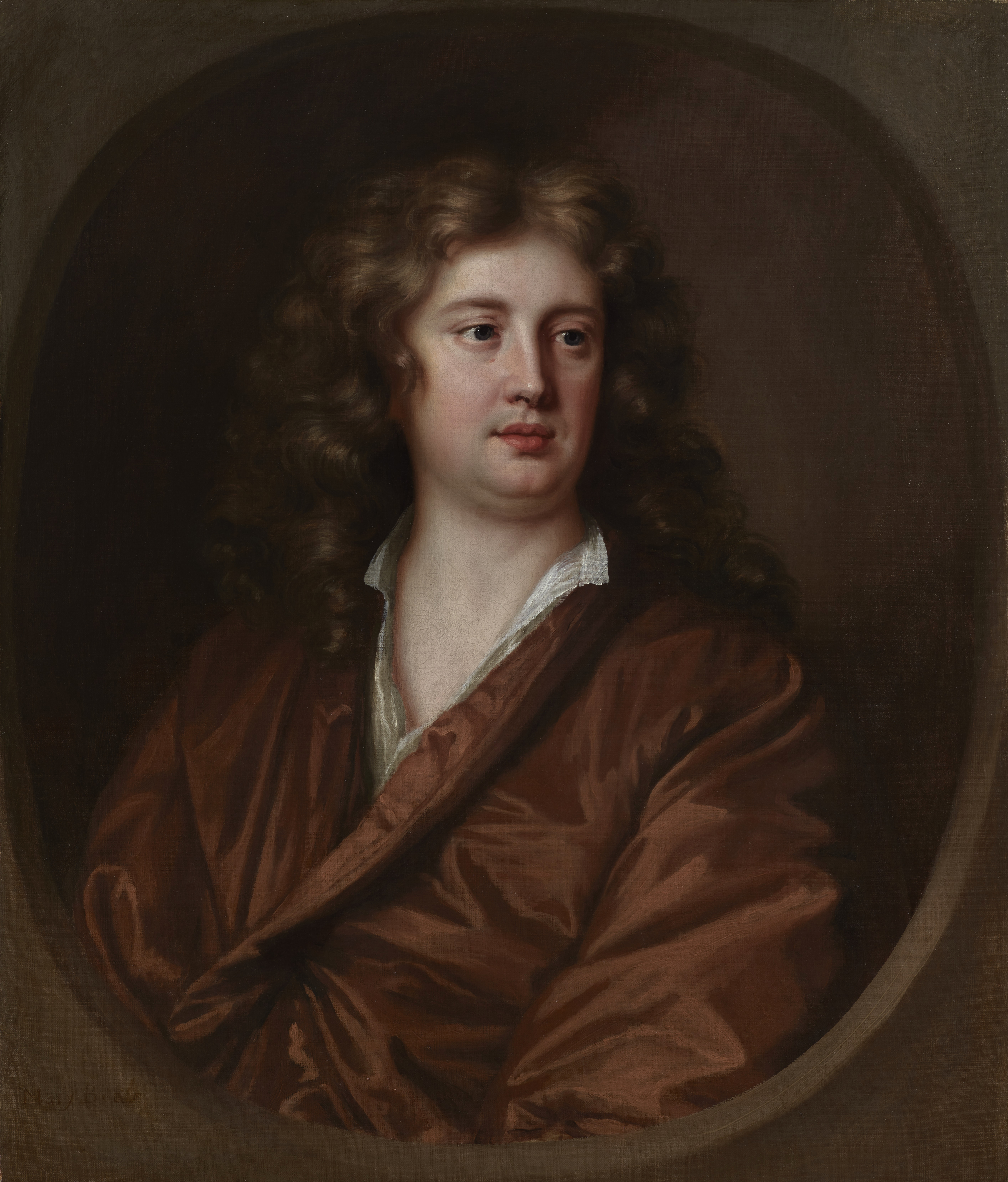Portrait of a Young Man
This young man – with his lush curls and plump lips – has historically been identified as one of a group of portraits once thought to depict the English poet and essayist, Abraham Cowley (1618-1667). In fact, painted around 1680, when Cowley was already long deceased, it has been more recently speculated that this portrait could depict Mary Beale’s (1633-1699) eldest son, Bartholomew (1656-1709), on the eve of beginning his career as a physician. Prior to that, Bartholomew had been an assistant in his mother’s studio.
Mary Beale was a leading portraitist in seventeenth-century London and was her family’s main breadwinner, working six days a week. Her husband, Charles Beale (1632-1705) was her studio manager and also worked as a colour-maker – manufacturing and selling pigments for artists’ paints. Charles’s experiments in colour formed the core of Mary’s palette. Technical analysis carried out on this painting reveals that the pigment red lake appears in the flesh tones and drapery of this sitter – an expensive pigment extracted from scale insects and for the use of which Mary charged her clients ten percent extra. Charles’s annual pocketbooks kept a faithful record of the Beales’s day-to-day life in the studio, including his laborious experiments with red lake – which he ground, boiled, sieved and mixed to create the brightest and most stable hue for Mary’s portraits such as this. A tiny sample taken from Portrait of a Young Man also suggests that the canvas was primed with a recipe consistent with those used by Charles, when he readied Mary's painting supports.

